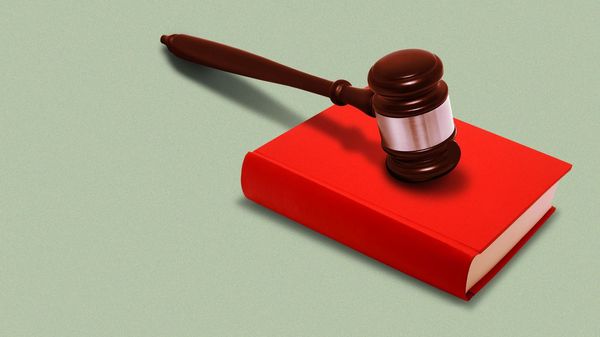With the increase in total coliform as well as feacal coliform content in the Gujjarakere waters a year after it was dredged, conservationists have demanded enforcement of the Karnataka Lake Conservation and Development Authority Act, 2014, to conserve the historic tank that also has religious significance.
Gujjarakere Teertha Samrakshana Samithi member Nemu Kottari had submitted tank water for analysis to College of Fisheries, once in July 2021 and again in April this year. While the total coliform and feacal coliform content were 300 per 100 ml water in 2021, the total coliform content abnormally rose to 1,600 per 100 ml while feacal coliform remained at 300 in April 2021.
The results, Mr. Kottari told The Hindu, indicate that the Mangaluru City Corporation (MCC) has failed to completely prevent the flow of sewage into the tank. Gujjarkere was given a complete overhaul in the last one year by Mangaluru Smart City Ltd., (MSCL) at an estimated cost of ₹4 crore. The works included complete dredging of lake bed, construction of walkers’ path, open gym, children play area and steel fencing around the tank.
Lolaksha, a resident of the area, said the tank was said to have been constructed by Gorakshanatha of the Natha sect for his Guru Matsyendranatha centuries ago. Gujjarakere was also the Teertha Kere for the Avabhritha Snana of Sri Mangaladevi, the historic deity of the region by which the city got its name. The city administration has completely ignored the historic and religious significance of the tank during its development and has just developed it as a picnic spot, he regretted.
MCC authorities admitted continued flow of sewage into the tank; but claimed they were unable to locate the source of sewage. Almost all sewage lines opening into the tank were blocked before its rejuvenation; yet sewage seeps into the tank, they claimed. MCC Commissioner Akshy Sridhar a fortnight had said MSCL would be asked to install aerators in the tank to clear sediments while the Corporation would strive to block the sewage seepage. However, the situation continues to be the same and conservationists fear the tank would return to its old situation—being breeding ground of mosquitoes and emanating stench.
The Act mandates clearing encroachment and keeping 30 m area around any lake as buffer zone. Its implementation could prevent flow of sewage into the tank and restore its old glory, Mr. Kottari said.







